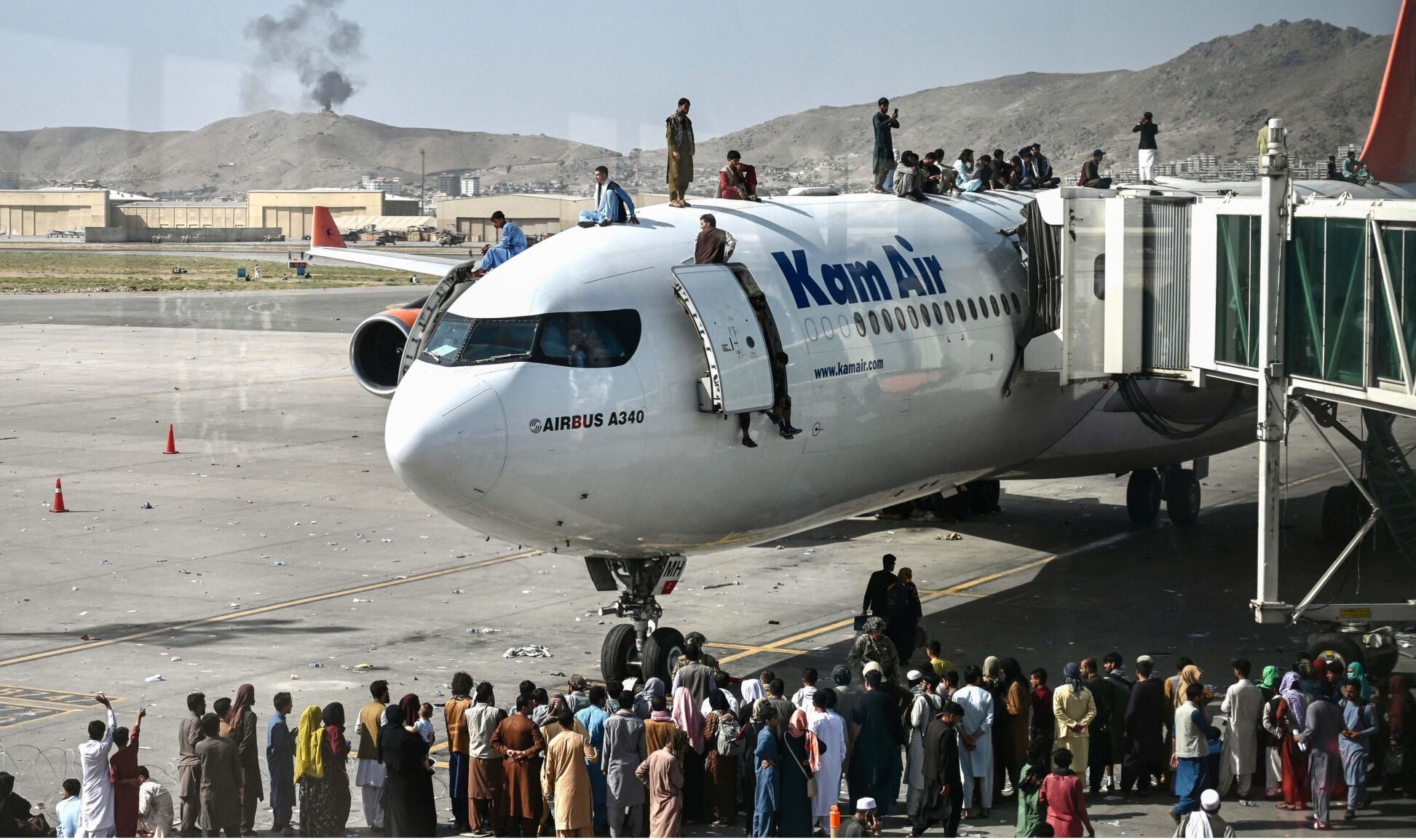Could Donald Trump’s “Make America Great Again” policies end up instead making Asia – East Asia especially – greater than ever? Things appear to be moving in that direction as the US president’s alienating trade and tariff policies create an incentive for East Asia and Europe to move into each other’s arms.
Such a marriage, increasingly speculated upon, within the framework of the Comprehensive and Progressive Agreement for Trans-Pacific Partnership (CPTPP) could create one of the world’s largest, most economically dynamic free-trade areas, offsetting much of the impact of US isolationism.
The prospect of a Europe-Asia economic alliance is one card both regions could play if Trump’s tariff tactics are perceived, particularly in Beijing and Brussels, as becoming too aggressive – although there is a counterargument that the US presence in Asia is so entrenched as to negate such threats.
In the view of Yuqing Xing, an economics professor at Tokyo’s National Graduate Institute for Policy Studies, the “revolutionary changes” brought about by the Trump administration have created a favourable environment for China’s application to join the CPTPP.
There is debate, meanwhile, within the European Union over whether it should also join the trade pact. “It is possible that the CPTPP will serve as a new framework of global trade in the age of globalisation,” Xing said during a recent debate at the Foreign Correspondents’ Club of Japan (FCCJ) in Tokyo.
The CPTPP – which succeeded the US-proposed Trans Pacific Partnership after it collapsed when Trump pulled out of it during his first presidency – comprises Australia, Brunei, Canada, Chile, Japan, Malaysia, Mexico, New Zealand, Peru, Singapore, Britain and Vietnam. South Korea is considering joining.

 By South China Morning Post | Created at 2025-04-05 08:41:32 | Updated at 2025-04-05 20:07:17
11 hours ago
By South China Morning Post | Created at 2025-04-05 08:41:32 | Updated at 2025-04-05 20:07:17
11 hours ago








